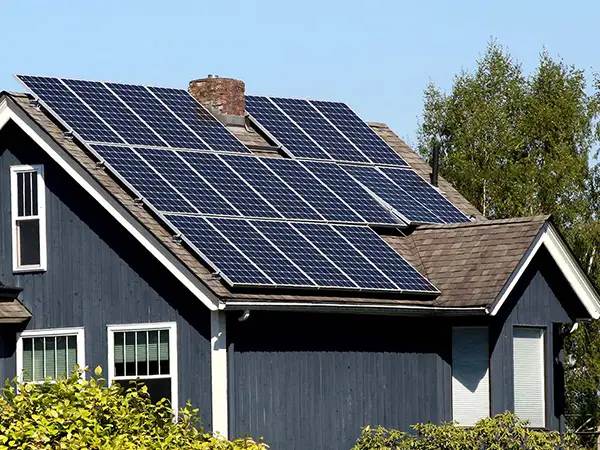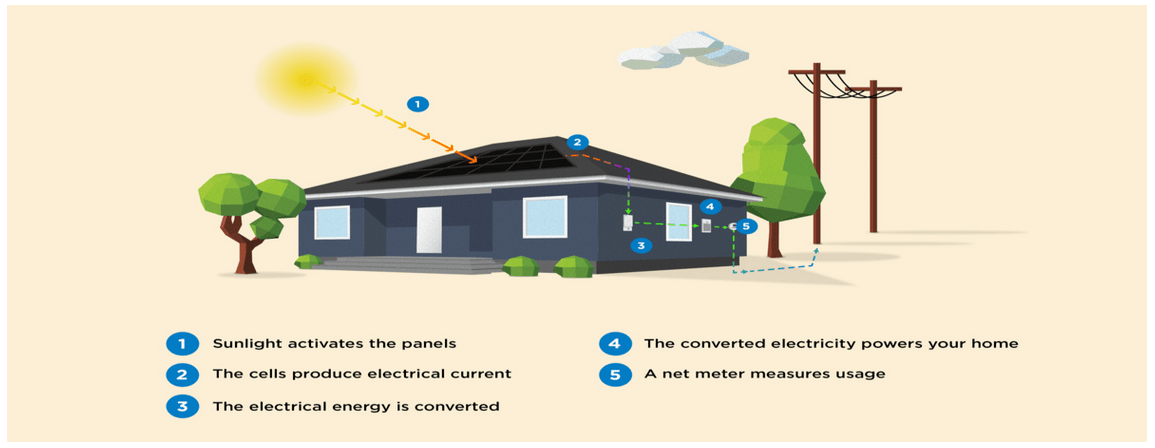with Western Roofing
Find Your Solar Solution
with Western Roofing

We offer the premium solar installation experience
The old way of getting power is expensive and inefficient, while costs continue rising and our planet suffers as a result. Meanwhile, more and more homeowners are making the switch to solar energy.
Switching to solar shouldn't be complicated. Western Roofing is here to provide a simple and hassle-free solar installation experience, as we work to handle every detail of your switch to solar from start to finish.
We make switching to solar energy an easy process
The solar movement is happening one homeowner at a time, and Western Roofing is here to help with a comprehensive, hassle-free solar installation process!
Initial consultations
Western Roofing will sit with you and discuss your power requirements, and what solar solutions are available for your home.
Beautifully designed
Based on our discussions and inspections, the solar system we install will be designed to fit your unique home, energy needs, and budget.
Timely installations
We'll promptly get your new panels grid-connected and producing energy for your home, ensuring maximum output and efficiency.
Sustainable energy
Enjoy lowering your monthly bills and protecting yourself against rising utility rates. Plus, you'll be reducing your carbon footprint and fighting climate change.
How does solar energy work?
Sunlight activates the panels
Your solar panels are made up of silicon photovoltaic (PV) cells. When sunlight hits your solar panels, the solar PV cells absorb the sunlight's rays and electricity is produced via the Photovoltaic Effect.
The electrical energy is converted
This produces Direct Current (DC) electricity, which isn't suitable. Instead, it's directed to your central inverter (or micro inverter, depending on your system set up), and converted into Alternating Current (AC) electricity.
The converted electricity powers your home
From here, the AC electricity is directed to your switchboard. All households with solar are required to have a bi-directional meter (utility meter), which your electricity retailer will install for you. A bi-directional meter is able to record all the power that is drawn to the house, but also record the amount of solar energy that is exported back to the grid. This is called net-metering.
A net meter measures usage
Any unused solar electricity is then sent back to the grid. Exporting solar power back to the grid will earn you a credit on your electricity bill, called a feed-in tariff (FiT). Your electricity bills will then take into account the electricity you purchase from the grid, plus credits for the electricity generated by your solar power system that you don't use.
The Solar Installation Process
How Solar Works

3- The electrical energy is converted: Your inverter is able to convert the DC electricity into Alternating Current (AC) electricity, which can be used in your home. From here, the AC electricity is directed to your switchboard.
5- A net meter measures usage: Any unused solar electricity is then sent back to the grid. Exporting solar power back to the grid will earn you a credit on your electricity bill, called a feed-in tariff (FiT). Your electricity bills will then take into account the electricity you purchase from the grid, plus credits for the electricity generated by your solar power system that you dont use.
4- The converted electricity powers your home: All households with solar are required to have a bi-directional meter (utility meter), which your electricity retailer will install for you. A bi-directional meter is able to record all the power that is drawn to the house, but also record the amount of solar energy that is exported back to the grid. This is called net-metering.
CONTACT US
